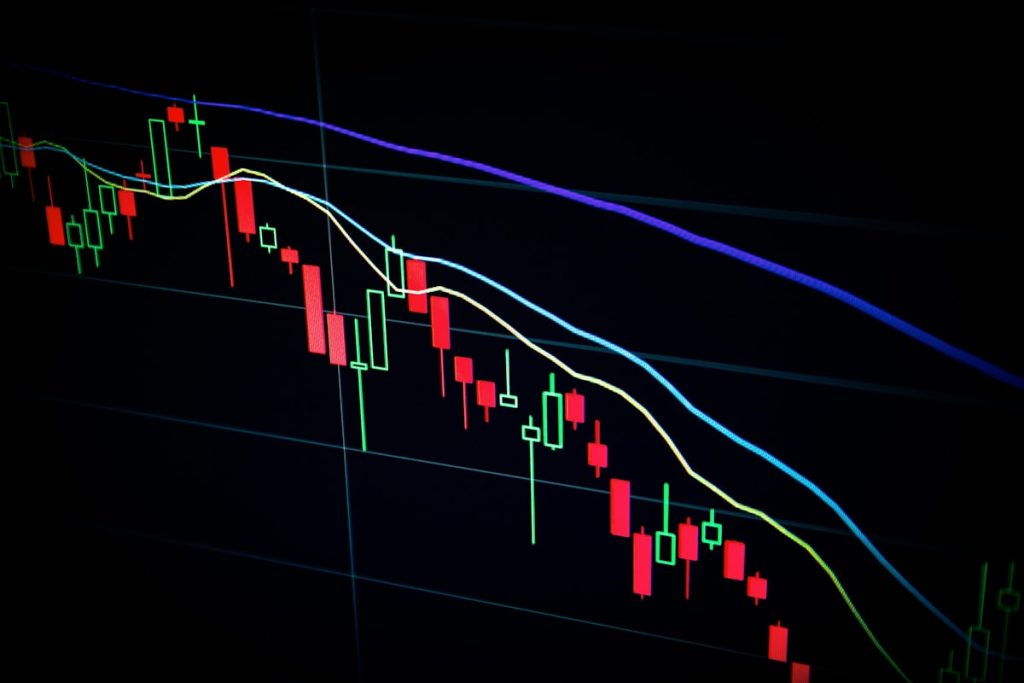Asian Shares Ride Wall Street Rally, Erasing Friday’s Losses
After a sharp drop on Friday that left Asian markets bruised, the region has turned the tide by tracking a robust rally on Wall Street. The U.S. equity bounce, spurred by better‑than‑expected earnings and a softened outlook for further rate hikes, helped Asian indices claw back most of the previous day’s losses, restoring confidence among risk‑on investors.
Wall Street’s comeback fuels the recovery
U.S. benchmarks surged on Monday, with the S&P 500 up 1.4 % and the Nasdaq gaining 1.8 %. The rally was anchored by strong results from major technology and consumer‑discretionary firms, which signaled that earnings growth remains resilient despite lingering inflation concerns. Federal Reserve officials also hinted that the aggressive tightening cycle may be nearing its end, prompting a modest decline in Treasury yields and a rally in risk assets.
Asian markets follow the lead
Across the Pacific, the Nikkei 225 rose 1.2 %, while the Shanghai Composite added 0.9 %. Hong Kong’s Hang Seng Index rallied 1.5 % and South Korea’s KOSPI climbed 1.1 %. The coordinated bounce mirrored the U.S. surge, with investors rotating back into equities after the Friday sell‑off, which had been triggered by a surprise rise in U.S. jobless claims and concerns over China’s property sector.
Sector dynamics driving the rally
- Technology: Chipmakers and software firms led gains, buoyed by optimism that demand for AI‑related hardware will stay strong.
- Financials: Regional banks posted modest improvements as lower bond yields reduced pressure on net interest margins.
- Commodities: Iron‑ore and copper prices steadied, supporting exporters in Australia, Brazil and mainland China.
Macro undercurrents
Two macro‑level factors underpin the recovery. First, the prospect of a pause in U.S. rate hikes has eased the dollar’s grip on emerging‑market currencies, allowing the yen and the won to appreciate modestly. Second, Beijing’s recent pledge to stabilize the property market and encourage domestic consumption has softened investor anxiety about a prolonged slowdown in China, the world’s second‑largest economy.
Investor sentiment and risk appetite
Sentiment surveys indicate a shift from defensive positioning back to growth‑oriented allocations. Hedge funds and sovereign wealth funds are increasing exposure to Asian equities, attracted by the region’s relatively higher earnings yields compared with the United States. However, volatility remains elevated; the CBOE Asia‑Pacific Volatility Index (VIX) is still 20 % above its 200‑day average, reflecting lingering concerns over supply‑chain disruptions and geopolitical tensions.
Outlook for the coming week
Looking ahead, the trajectory of Asian markets will likely hinge on three variables: the U.S. Federal Reserve’s next policy statement, the release of China’s manufacturing PMI data, and any new developments in the ongoing trade negotiations between the United States and the European Union. If the Fed signals a clear pause and Chinese data shows a rebound in factory activity, the rally could extend, potentially pushing the Nikkei and Hang Seng above their recent 6‑month highs.
Key takeaways
- Wall Street’s 1‑2 % rally helped Asian indices recover most of Friday’s losses.
- Technology and commodities are the primary drivers of the regional bounce.
- Improved Fed outlook and Chinese policy support are reducing downside risk.
- Volatility remains elevated; investors should monitor macro data closely.



